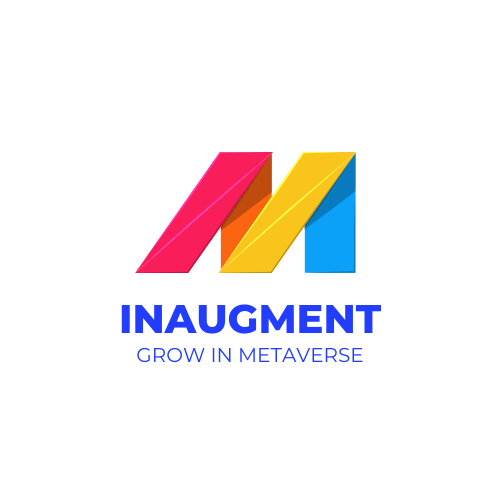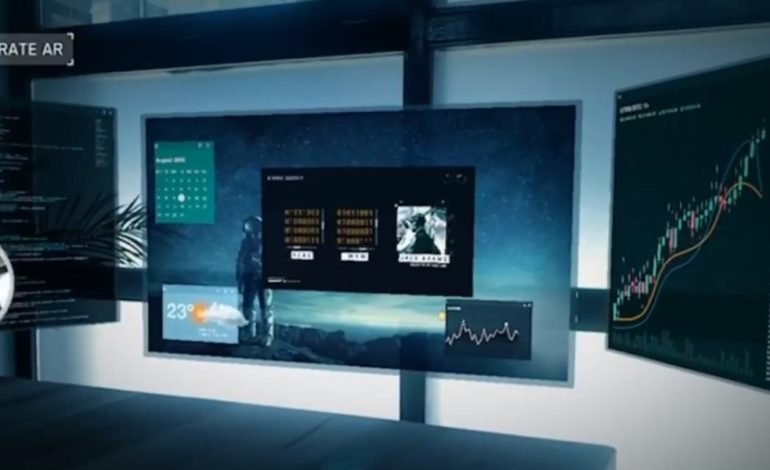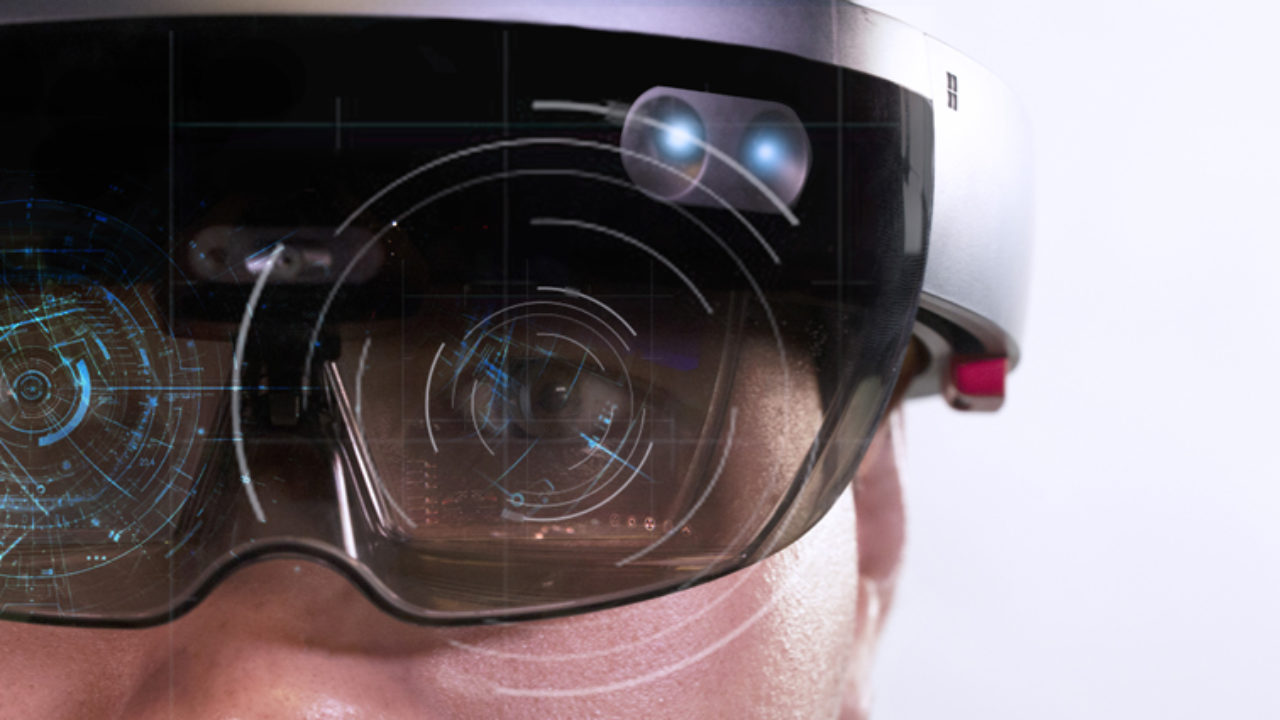What is AR cloud? How it will impact the existing technology?
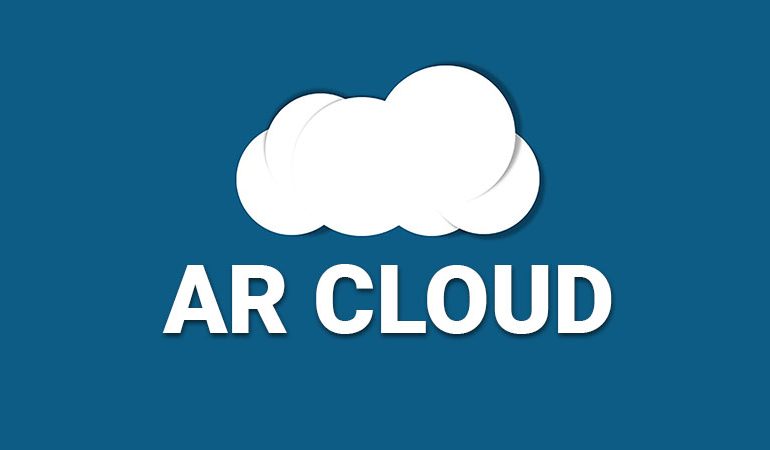
What is AR cloud? How it will impact the existing technology?
Imagine, you are in the theatre, and your friend wants to buy the ticket for the next show. You put on your AR glasses and the outline of seats of theatres pops up in front of you, you can easily see which is the best place to get a great view. Now, book your ticket and enjoy the show. This is possible due to the AR cloud.
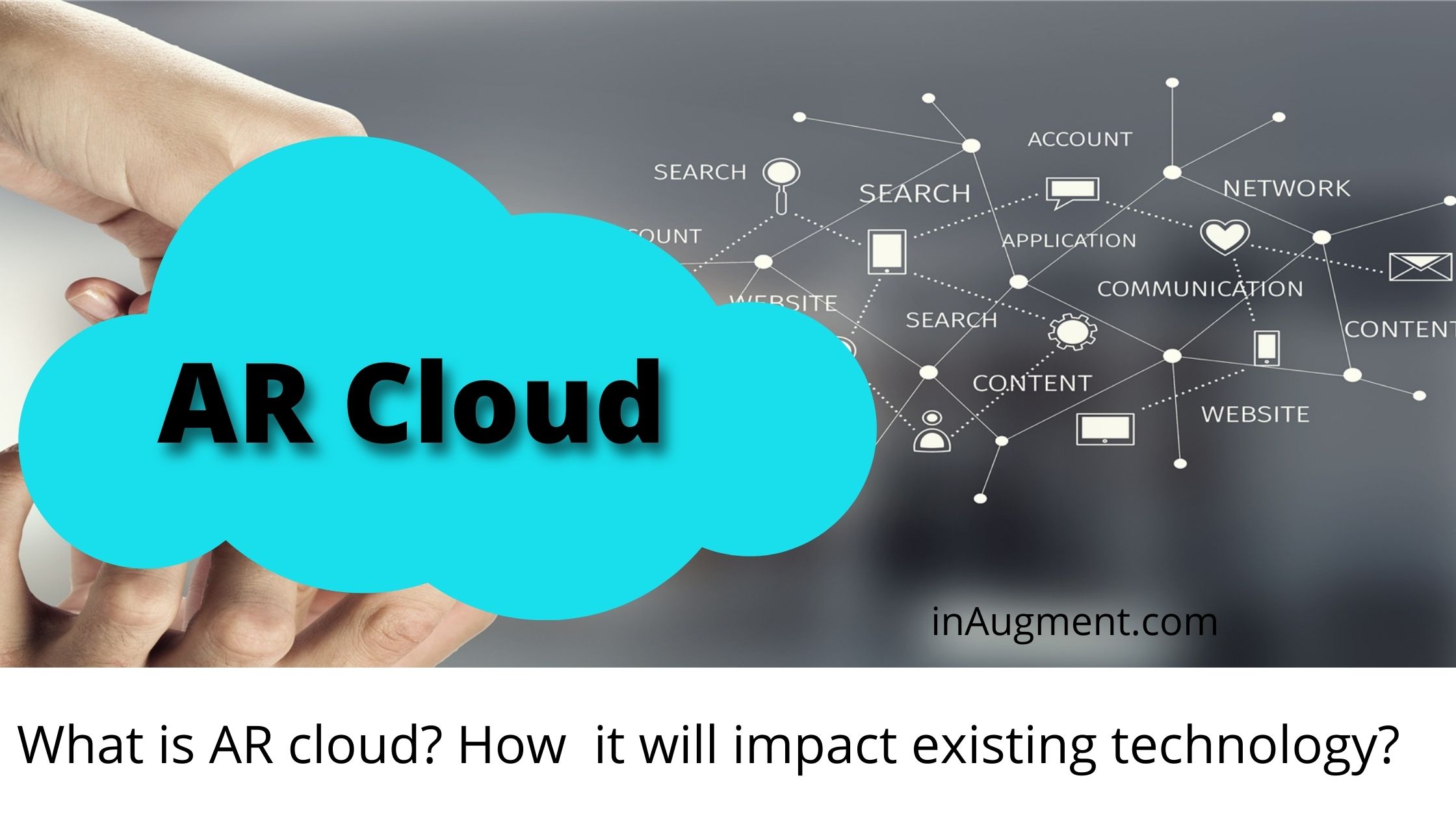
Next, imagine, you are watching this show in a new city. You get out of the theatre, you are starving, your stomach is crying. You stop on the street and look for a good restaurant. Put on your AR glasses and ratings and reviews of restaurants will get overlaid on the storefront. You can quickly figure out where to go. What a great experience, isn’t it?
Augmented Reality is no more a new entrant! Technology has been in the news consistently over the last few years. It is growing at a commendable pace and is offering advanced digital transformation. Technology is dominating the digital world and the statistics says, “ Augmented Reality should be worth between $70 billion to $75 billion by 2023”. Can we say 2021 is the year of Augmented Reality glasses? The quickly changing technology compels to think within the next decade we will be shifting from smartphone to smartglasses.
Cloud computing or cloud technology is a buzzing word lately! The technology was growing at a good pace but the pandemic has exponentially increased the need for cloud technology. This has led to the tremendous growth of cloud computing. Cloud computing refers to the storage of large chunks of data electronically on a centralized system. The data stored can be accessed anywhere around the world provided the internet connection should be there. Cloud computing primarily has three components- SaaS ( Software as a service), IaaS (Infrastructure as a Service), PaaS ( Platform as a Service)
Hang on! We will be discussing AR cloud, not cloud computing. The word is alike but experience and usage are different. Augmented Reality cloud is sneaking in with immense potential. First thing first, let us start with an introduction:
What is an Augmented Reality cloud?
Augmented Reality cloud focuses on unifying the digital and physical world by offering an immersive experience. The digital content is overlaid on the physical world. Initially, the AR cloud was defined as the real-time 3D map of the world overlayed on top of the real world. Gradually its use case has expanded and now we can use it in gaming, advertisement, marketing, and so on. AR cloud will help the user to immerse in the self-created digital world and get an otherworldly experience. It is accessible by anyone around the world at any time and anywhere. The augmented Reality cloud has the potential to directly impact the Augmented Reality value chain. The seamless connectivity makes the AR cloud one of the most lucrative technology. As per Gartner, “By 2025, 15% of organizations with more than $1 billion in revenue will use AR cloud to monetize the physical world through new interactions and business models.
Imagine pressing on a button on the street to book a cab, that’s what AR cloud does. It will give that much-needed boost to marketing. Do you enjoy watching horror? Now, visualize all those scary scenes of conjuring playing in front of you, does that send a thrill in your spine? This is just the beginning of the AR cloud a lot is yet to unfold!
Eleftheria Kouri, Research Analyst at ABI Research says, “The journey towards scaled deployment of the AR cloud has begun and numerous companies from tech giants to start-ups are starting to build ‘mini AR clouds ‘ and contributing to building a cloud-based 3D map of the real world. The synergy of numerous technologies, including computer vision, Simultaneous Localization, and Mapping (SLAM and connectivity are required to precisely localize devices in the environment and deliver sharable and persistent AR content”
Examples of AR cloud
 World's first AR-cloud technology for cities (source) by Sturfee.
World's first AR-cloud technology for cities (source) by Sturfee.AR cloud technology primarily focuses on two aspects. The first is to enhance user experience and the second is to transform the way of business operation. Examples of AR cloud-based apps are- Google’s AR navigation, 6D.ai, Google Lens, etc.
How AR cloud will impact the existing technology?
· Increased accuracy:
So far, we have been relying on GPS for location. AR cloud will give a more precise and accurate location. The integration of Visual Positioning Service and Augmented Reality cloud strengthens the accuracy.
· Indoor and outdoor navigation:
The technology will play a promising role in indoor and outdoor navigation. You will be able to see the digital content overlaid on the physical location, people, etc.
· Engaging experience with AR cloud:
To have the information in front of your eyes is much more appealing and interactive than scrolling on the phone. AR cloud will play a crucial role in unifying physical and digital information.
The setback!
We are talking about the future here, where smart glasses will be ruling! Data security and privacy will be the topmost concern. The technology will track your location, and purchase history constantly, just like smartphones do today. But on top of it, the eye-tracking feature might also know what you are looking at, which is not a great tech benefit. Before using the AR cloud, users need to assure- the technology should not be invading their confidential world. Users might demand a gold plated assurance here.
Hands-free devices are yet not very common for the masses due to high cost, style, etc. The use of a Hands-free device is the key to exploring the usage of the Augmented Reality cloud.
Wrapping up!
 AR cloud and 5G (Source)
AR cloud and 5G (Source)AR cloud technology is so far not in the mainstream due to different hurdles and setbacks. Seeing the increasing uses of Augmented Reality cloud technology in different verticals, we can expect it in the mainstream soon. The technology needs 5G and other next-gen solutions like IoT and AI to showcase its full potential. The isolated use is limited and seizes its scalability. We can expect the technology to flourish as these allied technologies mature.
